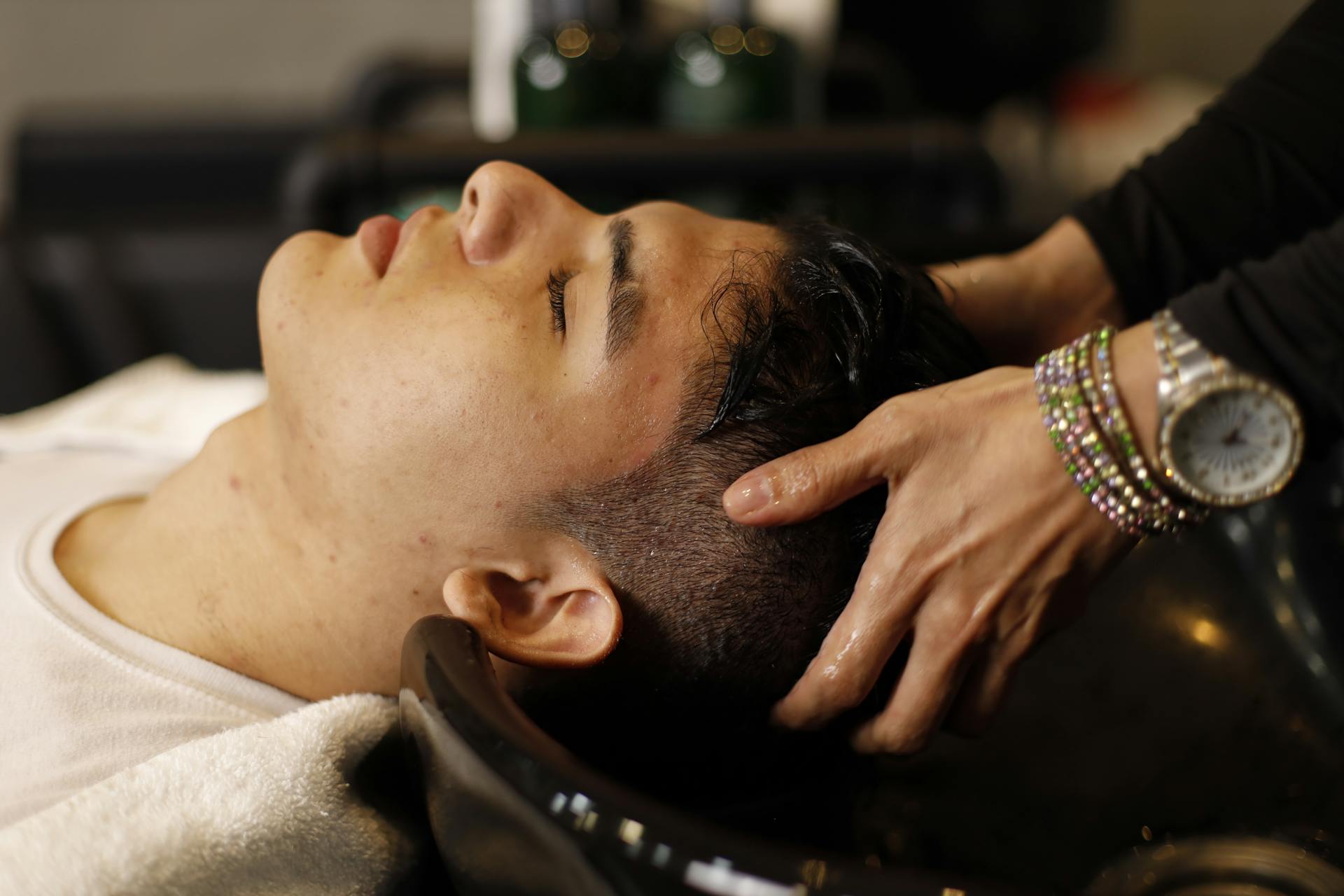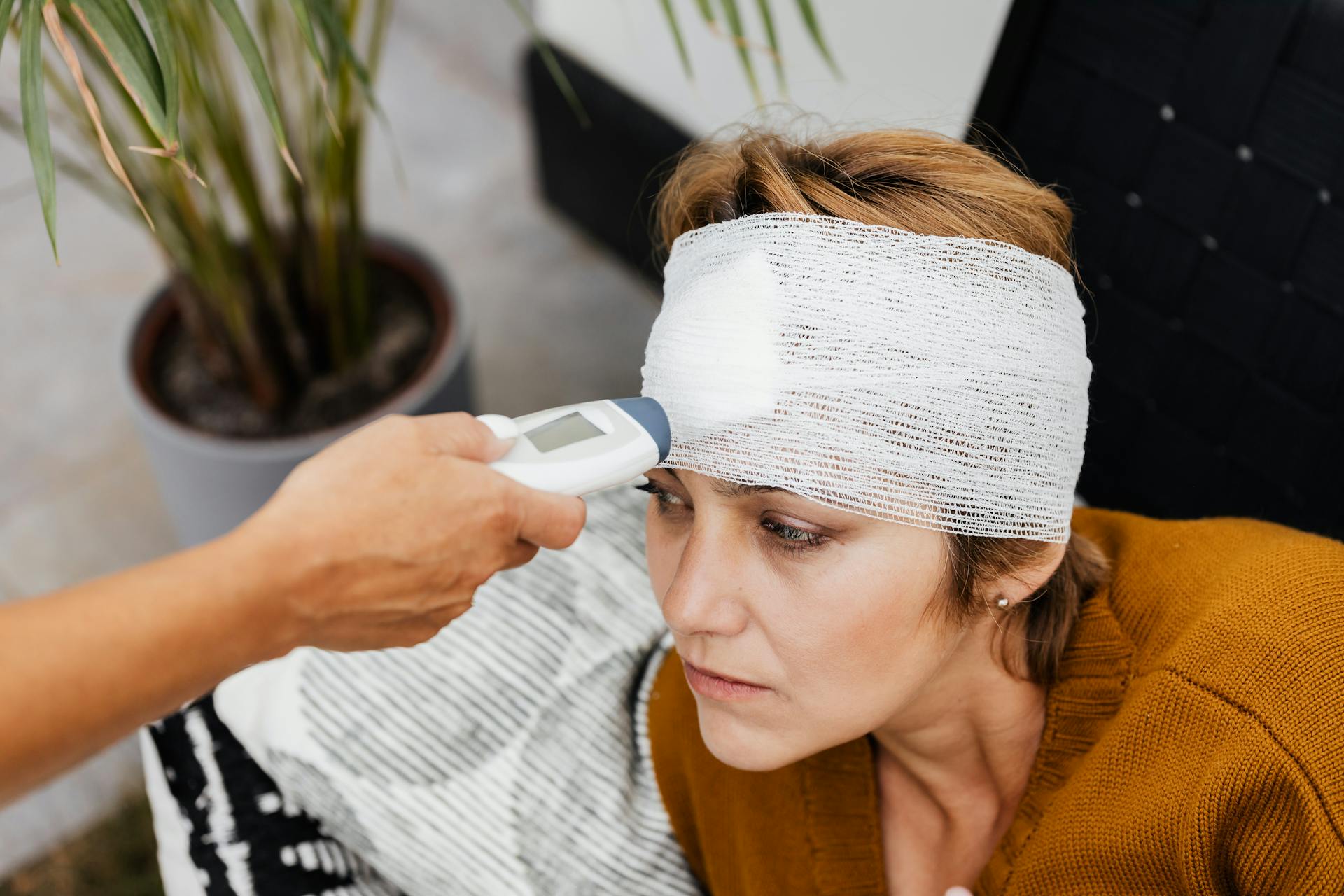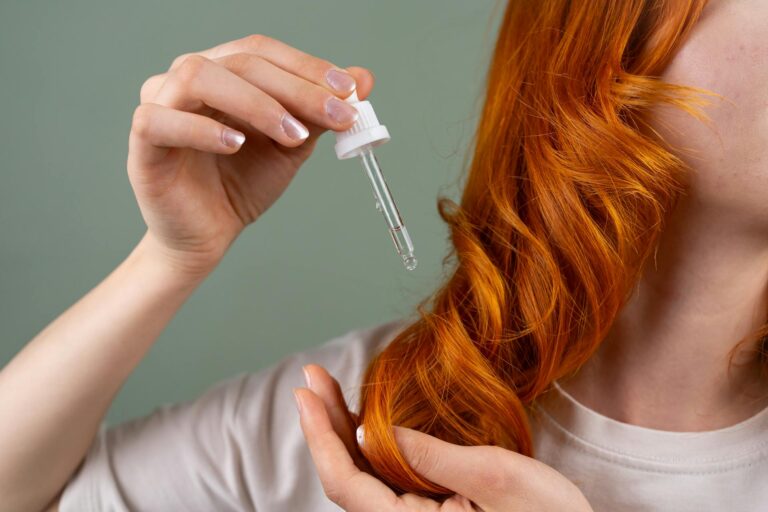
Hair restoration therapy has evolved significantly over the past few years, particularly in the UK. With advances in techniques and technology, the year 2025 promises even more refined procedures and broader accessibility.
From over-the-counter medications and at-home laser devices to state-of-the-art Platelet-Rich Plasma (PRP) therapy and transformative hair transplant surgeries, individuals now have a wide array of therapies tailored to different hair loss conditions and budgets.
This guide will delve into each type of therapy, explain who qualifies, and weigh the potential benefits against the associated risks. Importantly, we will also provide information about cost—a critical factor for many—offering insights into cost of hair restoration in the UK in 2025 and discussing how to finance your hair restoration journey. Your path to fuller, healthier hair begins here.
What is Hair Restoration Therapy?

Hair restoration therapy is a collection of medical and cosmetic procedures designed to address hair loss, thinning, or baldness. It aims to stimulate hair follicles, increase hair density, and boost self-confidence. Whether someone is dealing with androgenetic alopecia (common male or female pattern baldness), hair loss triggered by stress or hormonal fluctuations, or more severe conditions like alopecia areata, the ultimate goal is to restore both the appearance of a fuller head of hair and the individual’s confidence.
Consulting a qualified healthcare professional, such as a dermatologist or trichologist, remains the first step. A professional evaluation ensures that the underlying causes of hair loss are properly identified, thereby enabling a more personalised treatment plan.
What are the Different Types of Hair Restoration Therapy?
A range of options is available to individuals considering hair restoration therapy. Choosing a treatment typically involves assessing factors such as budget, degree of hair loss, and lifestyle preferences.
- Medications
- Minoxidil: An over-the-counter topical treatment that stimulates blood flow to hair follicles.
- Finasteride: A prescription medication that blocks DHT (dihydrotestosterone), known to contribute to hair loss.
- Laser Therapy
- Low-Level Laser Therapy (LLLT): Uses specific wavelengths of light to encourage cellular regeneration and support hair growth.
- Platelet-Rich Plasma (PRP) Therapy
- Utilises the body’s own platelets to promote healing and regeneration in the scalp.
- Hair Transplant Surgery
- Follicular Unit Extraction (FUE): Grafts individual hair follicles, minimising scarring.
- Follicular Unit Transplantation (FUT): Transplants strips of hair follicles for potentially higher graft counts in a single session.
Who is a Good Candidate for Hair Restoration Therapy?
Good candidates can be men or women who exhibit signs of early to moderate hair loss and have realistic expectations about outcomes. Factors that play a role in determining candidacy include:
- Overall Health: Individuals with significant medical issues should consult their doctor to ensure it is safe to proceed.
- Type of Hair Loss: The cause and extent of hair loss influence the most suitable therapy.
- Hair Follicle Health: Effective treatments often rely on the presence of healthy follicles in donor areas or the scalp region to be treated.
Consultations with a dermatologist or trichologist provide insights into which treatment or combination of treatments aligns best with a patient’s goals.
What are the Benefits of Hair Restoration Therapy?

- Improved Hair Density: Most therapies offer the potential for thicker, fuller hair, filling in areas of thinning or baldness.
- Enhanced Self-Confidence: Many people experience a boost in self-esteem and body image following noticeable results.
- Range of Treatment Options: Since no single solution works for everyone, multiple methods exist to accommodate different needs, preferences, and budgets.
Whether you choose daily medications or opt for more significant interventions such as hair transplantation, the potential to transform your appearance—and by extension, your outlook—can be substantial.
What are the Risks and Side Effects of Hair Restoration Therapy?
Even though hair restoration therapies can be highly effective, they do carry certain risks and side effects:
- Medication Side Effects:
- Minoxidil can occasionally cause scalp irritation or dryness.
- Finasteride may impact libido or sexual function, albeit in a small percentage of users.
- Laser Therapy Concerns:
- Potential mild redness or irritation of the scalp in sensitive individuals.
- PRP Therapy Risks:
- Since it involves injections, there is a small risk of infection or bruising at injection sites.
- Hair Transplant Surgery Complications:
- Swelling, redness, or infection in the donor and recipient areas.
- Scarring can occur, especially with FUT procedures.
Thorough consultations, along with proper aftercare, can minimise these complications. Understanding and weighing the risks ensures individuals make informed decisions.
How to Prepare for Hair Restoration Therapy?
Preparation is key to a successful experience:
- Consultation: Meet with a dermatologist or hair restoration specialist to discuss your medical history, hair loss progression, and treatment expectations.
- Blood Tests (If Required): Procedures like PRP or surgical interventions may necessitate blood work.
- Lifestyle Adjustments: Adopting a nutrient-rich diet, reducing stress, and ensuring adequate sleep can bolster the effectiveness of many hair restoration therapies.
- Follow Pre-Procedure Instructions: For surgical options, patients might need to refrain from certain medications or alcohol a few days before treatment.
What to Expect During Hair Restoration Therapy?
Medication and Laser Therapy
- Ease of Use: Medication can be self-administered at home, and laser therapy might involve in-clinic sessions or at-home devices.
- Timeline: Noticeable results can appear within 3 to 6 months, although this varies from person to person.
PRP Therapy
- Procedure: Involves drawing a small volume of your blood, processing it to extract platelet-rich plasma, and injecting it into targeted scalp areas.
- Duration: Quick treatments, often under an hour; multiple sessions may be recommended for optimal results.
Hair Transplant Surgery
- Procedure: Requires local anaesthesia. FUE or FUT methods are used to relocate hair follicles.
- Recovery: Most patients experience mild swelling for a few days but can return to work within a week.
Having an accurate sense of treatment duration, recovery timelines, and potential side effects helps set realistic expectations.
How Long is the Recovery Period for Hair Restoration Therapy?

Recovery periods differ widely depending on the procedure:
- Medications & Laser Therapy: No downtime required.
- PRP Therapy: Minimal downtime; patients can generally continue daily activities almost immediately.
- Hair Transplant Surgery:
- Initial Recovery: 2–7 days of mild discomfort or scabbing in donor and recipient areas.
- Full Results: Hair typically begins to grow in the transplanted areas within 3–4 months, with final results visible after 9–12 months.
Following post-procedure guidelines—such as avoidance of direct sunlight, gentle scalp handling, or taking prescribed antibiotics—is crucial to promote healing and ensure the best possible outcome.
How to Maintain Results from Hair Restoration Therapy?
Long-term success hinges on consistent care:
- Use Recommended Products: Dermatologist-approved shampoos, serums, or supplements can support new hair growth.
- Monitor Your Scalp Health: Regular check-ups can catch potential issues (e.g., scalp infections) early.
- Lifestyle Management: Stress reduction, a balanced diet, and adequate hydration significantly boost hair health.
- Follow-Up Appointments: Ongoing assessments with your specialist help fine-tune your maintenance routine.
What is the Cost of Hair Restoration Therapy in the UK in 2025?
1. Medication
- Minoxidil:
- Over-the-counter options range from £20–£40 per month, depending on brand and strength.
- Finasteride:
- Prescription prices vary; typically £25–£50 per month in 2025, influenced by pharmacy and brand.
2. Laser Therapy
- In-Clinic Sessions:
- A course of treatments over 3–6 months can average £800–£1,200.
- At-Home Devices:
- Prices for FDA-cleared laser caps or combs often range between £300–£600, depending on the technology.
3. Platelet-Rich Plasma (PRP) Therapy
- Each session in 2025 can cost £350–£600, with many individuals requiring 3–6 sessions. Package deals might offer discounts for multiple treatments.
4. Hair Transplant Surgery
- Follicular Unit Extraction (FUE):
- Ranges from £3,000–£8,000, depending on the number of grafts and clinic reputation.
- Follicular Unit Transplantation (FUT):
- Often a bit less per graft, but the total cost can still be £3,000–£7,000.
Factors that shape the final bill include:
- Clinic Location & Expertise: Renowned clinics in major cities like London can command higher fees.
- Extent of Hair Loss: The larger the treatment area, the more grafts or sessions are required.
- Post-Operative Medications & Follow-Up: These can add to the overall expense.
Because hair restoration often involves multiple interventions—such as combining PRP with a transplant—patients should anticipate layered costs. Many clinics now offer financing and payment plans to help spread out expenses over time, making these treatments more accessible than ever.
Are There Any Alternative Treatments for Hair Restoration?

While conventional treatments remain the mainstay, natural or herbal alternatives also attract attention. These generally include:
- Scalp Massage & Oils: Using essential oils such as rosemary or peppermint may support blood circulation.
- Nutritional Supplements: Biotin, zinc, and iron can help address dietary deficiencies contributing to hair thinning.
- Lifestyle Approaches: Stress management through techniques like meditation, yoga, or acupuncture may reduce stress-related hair loss.
Though evidence for these methods can be anecdotal or mixed, some individuals find benefit when using them alongside medical treatments.
Frequently Asked Questions: Cost of Hair Restoration
What is hair restoration therapy?
Hair restoration therapy includes medical and cosmetic techniques aimed at reversing hair loss and promoting new hair growth. It can encompass medications, surgeries, and other non-invasive procedures.
Who is a good candidate for hair restoration therapy?
Anyone experiencing hair thinning or baldness can be considered, but the best candidates have underlying good scalp health and realistic treatment goals. A consultation is essential to customise a plan that addresses individual needs.
What are the different types of hair restoration therapy?
These can range from prescription medications like finasteride to surgical methods (FUE or FUT), laser therapy, and PRP injections. Each method addresses hair loss differently and fits different severity levels.
What are the potential side effects of hair restoration therapy?
Depending on the therapy, side effects can include mild irritation, swelling, or temporary discomfort at the treatment site. Hair transplants come with a risk of infection or scarring, while finasteride can affect libido in some users.
How long does it take to see results from hair restoration therapy?
Timelines vary widely, from a few weeks (for certain medications) up to 9–12 months (for post-transplant hair growth). Multiple therapy sessions may be necessary for sustained results.
Is hair restoration therapy permanent?
Many therapies can produce long-lasting results, but not all are strictly “permanent.” Some people require maintenance treatments, particularly if the root causes of hair loss—like genetics or hormones—remain ongoing.






